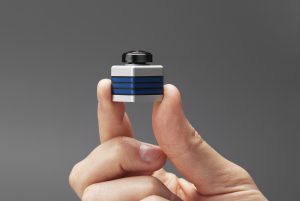
To provide visual comfort throughout different seasons, sun positions and sky conditions for a broad range of tasks, a High Dynamic Range vision sensor with an embedded image processing routine, able to assess “on the fly” discomfort glare indices has been developed. This device can be employed as a visual comfort rating sensor in building automation on the one hand, and to characterize highly glazed facades and workspaces regarding visual comfort and glare risks on the other.
The CSEM VIP (vision-in-package) sensor was used as a basis for this development. After reconfiguration, the sensor measures the lighting conditions a user is exposed to, processes the data to evaluate the probability of discomfort glare for the user, and finally transmits it to an integrated automatic shading and lighting control system.
Monitoring campaigns at EPFL and NUS as well as validation in a testbed at FHG ISE have shown the device’s potential for electricity savings while ensuring visual comfort, as reported in Ali Motamed’s PhD thesis [1] .
This system is now being tested for multiple users in the NEST SOLACE building unit .